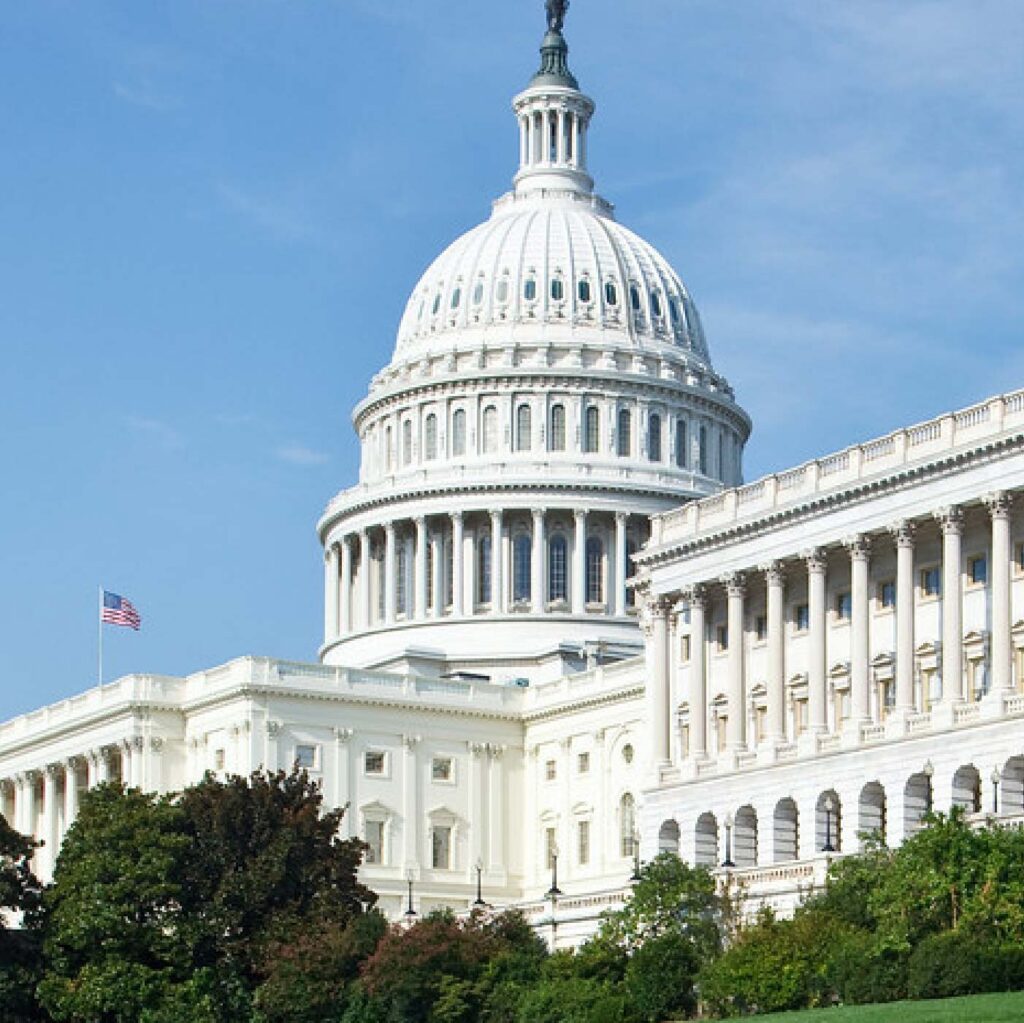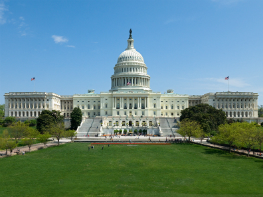Survey Finds States Make Difficult Trade-offs When Pandemic-Era Child Care Funding Runs Out

The bulk of child care relief funding from the American Rescue Plan Act (ARPA) expired last September, and the remaining $15 billion is set to expire next week. This funding provided critical assistance to families and to the child care industry when it was on the brink of collapse. At the height of the pandemic, programs were closing, there was a mass exodus from the child care workforce, and families’ child care needs and financial situations were changing. While the pandemic is behind us, its impact is still felt in the child care space, and there has been concern about challenges worsening with the end of COVID-19 relief funds.
The American Public Human Services Association (APHSA) recently published a brief, Navigating the Post-Pandemic Landscape: Insights from Child Care Administrators, sharing the results of a survey of child care administrators on the end of pandemic-era funding and their child care subsidy systems. Lead agencies from 36 states and one territory responded to the survey.
While many in the field sounded the alarm about the child care funding “cliff” this time last year, APHSA said the fall-out has been more nuanced and likened it to a “slope.” Through the survey and conversations with state administrators, APHSA found that states have had to make gradual trade-offs to meet the needs of providers and families, and to ensure programs can provide safe, accessible, high-quality child care.
Survey Findings
States overwhelmingly used the relief money to support providers. Sufficient payment rates ensure providers participating in the CCDBG have the financial support they need to run a quality program. Of the 27 Lead Agencies that used relief funds to increase payment rates for providers, 20 said they plan to sustain these increases. And 11 of the 12 states where the state legislature has approved additional funds for child care to fill the gap will use them to maintain increased provider payment rates.
On the other hand, while 34 Lead Agencies issued grants to specifically support staff recruitment and retention, only four anticipate being able to sustain those programs after stabilization funding ends. Losing wage supports has been a top concern for providers because staffing challenges persist. Without additional funding to support compensation, many programs are being forced to choose between raising tuition for families to sustain wage increases or losing quality staff. Even though the total number of child care industry jobs has rebounded to pre-pandemic levels, staff turnover has been high. Child care administrators reported that this has led to program closures, programs operating at reduced capacity, as well as an overall less experienced and qualified workforce. Less skilled caregivers and educators threaten program quality and lead to rises in safety concerns.
The mental health of child care workers and children continues to be a concern. More seasoned staff are taking on more responsibilities to compensate for less qualified staff and staffing shortages, which increases their levels of stress and burnout. This is compounded by reports of increased behavioral and mental health issues in children, which make this work more challenging. Of the 23 states that used relief funds to support provider mental health, only seven Lead Agencies said they can maintain these programs at the same level. Part of the challenge in sustaining these supports has been related to finding qualified mental health providers.
The end of pandemic-era funding also means more families will be met with rising child care costs. Many states used pandemic relief funds to help more families access child care by reducing or eliminating copayments and/or expanding eligibility to subsidies. Yet only seven Lead Agencies planned to maintain reduced family fees and only 10 planned to maintain increased eligibility levels. Child care prices are already untenable for most families and budget constraints mean more programs may make the difficult decision to raise tuition. Emily Adams, policy associate for child care and early childhood programs at APHSA shared that some state policymakers want to pursue deregulation to lower costs for families, but research shows this is unlikely to help. Many programs don’t want to increase ratios because it only leads to higher staff burnout and turnover and lower quality care.
New York State
Nora Yates, lead CCDF administrator for New York State, shared her state’s experience in a webinar with APHSA last week. New York used a significant portion of the relief funding for workforce retention grants, which went directly to staff through wages and also for professional development. Providers have expressed concern about how staff will be impacted by these grants ending. Stabilization funds were also dedicated to the child care subsidy program, increasing payment rates for providers and expanding eligibility up to 85% SMI.
While many lead agencies are worried about how such changes will be sustained, New York has benefitted from the support from Governor Kathy Hochul. The state has prioritized long-term funding to increase provider rates, maintain 85% SMI eligibility, and permanently lower copayments. As a result of state investment, the state actually experienced a net increase of 192 child care programs last year, including an expansion of family child care (FCC) programs.
Going Forward
While several states have made investments in child care as relief funding ends, significant gaps remain in most states. Child care administrators are concerned about the lack of long-term, sustained funding.
The end of relief dollars coincides with recent regulatory changes to CCDBG that seek to lower costs for families, increase the financial stability of child care providers, and make it easier for families to enroll in subsidized programs. The APHSA survey was conducted before the final rule was published and thus many states’ plans have likely changed in response. While APHSA shared that child care administrators are largely in favor of the final rule, implementation may be challenging as it doesn’t come with increased funding.
One state shared with APHSA that with the new rule and the decrease in federal funding, they were expecting to serve 5,200 fewer children per month. Several webinar attendees from different states shared that with the end of relief funding their states have had to freeze enrollment in the subsidy program, serve fewer children, increase tuition for parents, cut staff salaries, and form waitlists.
Covid-relief funding was effective in stabilizing the child care industry during a period of turmoil. However, child care programs, providers, and families are still feeling the effects of the pandemic, and the situation is unlikely to improve without sustained, predictable federal investment in child care.
Subscribe to FFYF First Look
Every morning, FFYF reports on the latest child care & early learning news from across the country. Subscribe and take 5 minutes to know what's happening in early childhood education.



